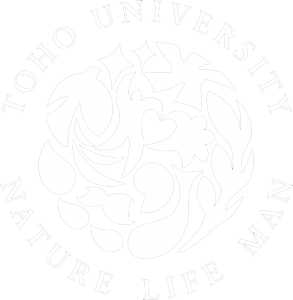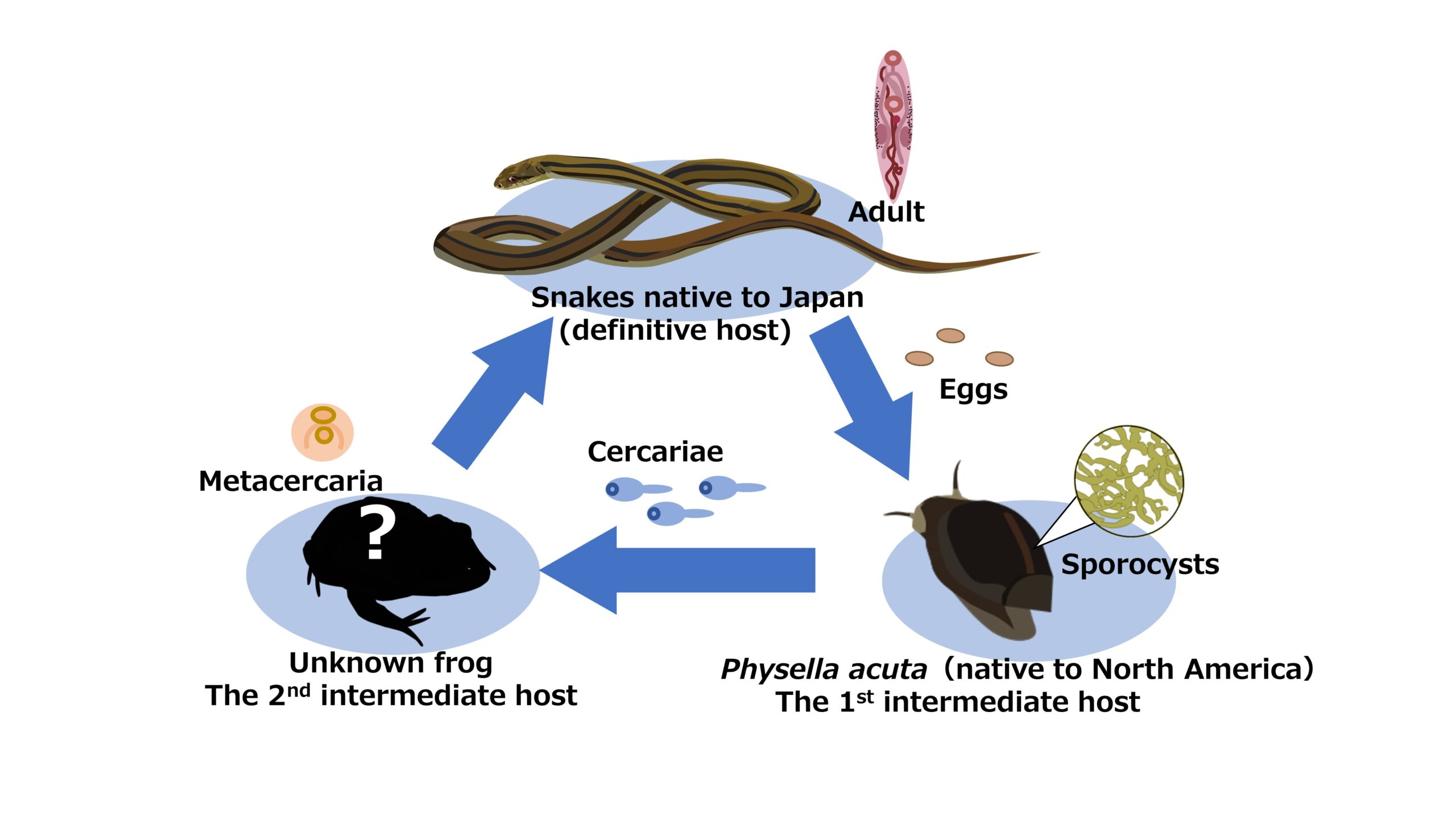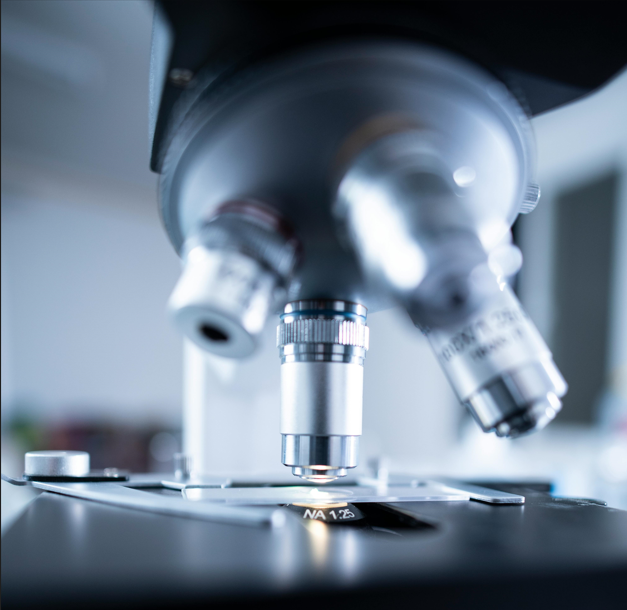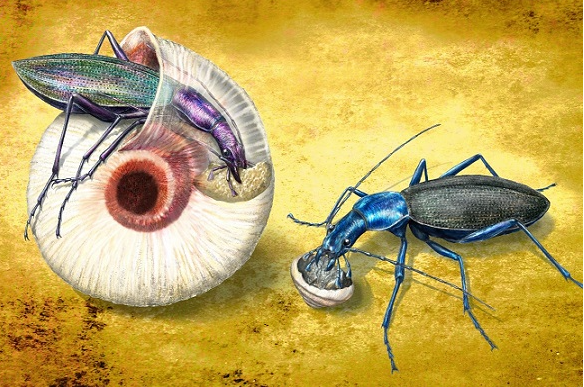October 30, 2023
Do Ocean Currents or People Transport Marine Organisms?
Approaching the Roots of the Distribution of the Large Crustacean Upogebia major
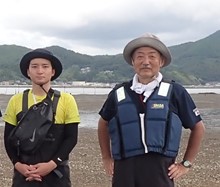
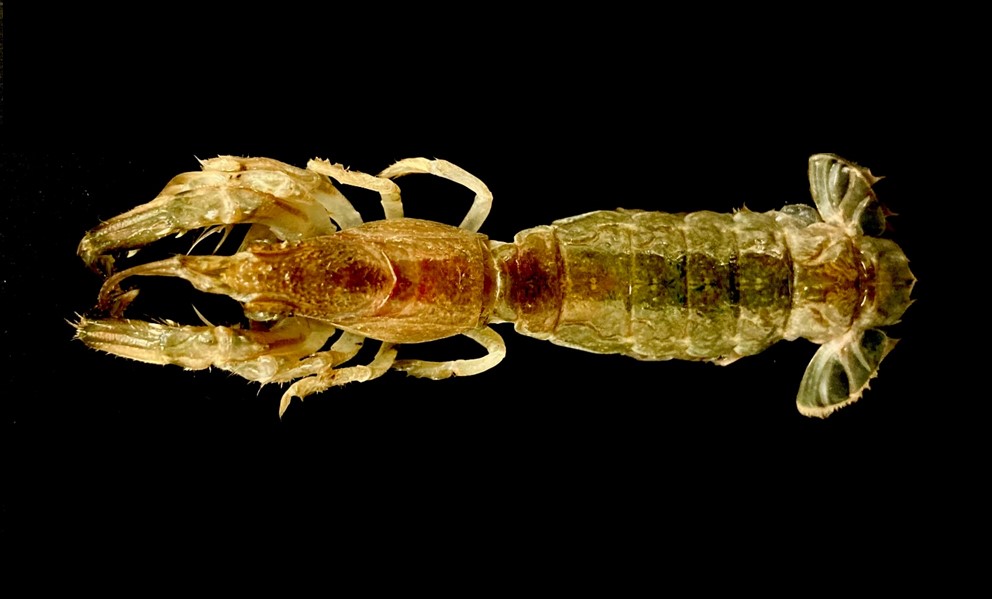





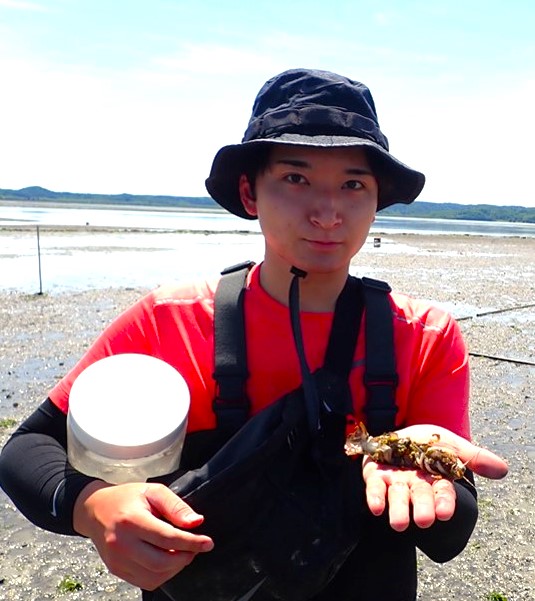







U. major has a long floating larval stage lasting approximately one month, it is possible that individuals originating from continental coastal reached Japan as a result of physical factors such as ocean currents (Fig. 3). On the other hand, Asari clams Ruditapes philippinarum from the Korean Peninsula and China have been transplanted to Japan since the 1980s. This study also showed that this species may have been introduced to Japan alive among imported clams. The outcomes of this study stand as a rare exemplar, delving into the evaluation of phylogeography and genetic diversity within marine benthos that deeply burrow into the bottom. Furthermore, the findings not only offer valuable insights into the origins of distribution of U. major but also introduce a novel challenge that has significant implications for biology and even fisheries science of assessing the coexistence of two routes: natural and anthropogenic dispersion.
The results of this research were published on October 19, 2023, in Zookeys, a specialist journal on animal taxonomy, phylogeny, and biogeography.
The results of this research were published on October 19, 2023, in Zookeys, a specialist journal on animal taxonomy, phylogeny, and biogeography.


Figure 3. Possible routes for U. major larvae from South Korea and China to Lake Notoro and Matsukawa-ura. The warm currents are denoted by red dotted arrows, while the cold currents are denoted by blue dotted arrows. The collection sites of specimens from Korea and China used in this study are indicated by green circles. Furthermore, potential dispersal routes of U. major larvae from South Korean/Chinese specimens are shown in green arrows.
NT: Lake Notoro, MT: Matsukawa-ura, YSC: Yellow Sea Current, YSCC: Yellow Sea Counter Current.
Journal
Zookeys, October 19, 2023 issue
Title
Phylogeography and genetic diversity of the Japanese mud shrimp Upogebia major (Crustacea, Decapoda, Upogebiidae): Natural or Anthropogenic Dispersal?
Authors
Kyosuke Kitabatake, Kentaro Izumi, Natsuko I. Kondo, Kenji Okoshi
DOI No.
10.3897/zookeys.1182.105030
Zookeys, October 19, 2023 issue
Title
Phylogeography and genetic diversity of the Japanese mud shrimp Upogebia major (Crustacea, Decapoda, Upogebiidae): Natural or Anthropogenic Dispersal?
Authors
Kyosuke Kitabatake, Kentaro Izumi, Natsuko I. Kondo, Kenji Okoshi
DOI No.
10.3897/zookeys.1182.105030
READ MORE RESEARCH NEWS - SCIENCE
ACADEMICS
Undergraduate Programs
– Medicine
– Pharmaceutical Sciences
– Science
– Nursing
– Health Science
Graduate Programs
–Medicine
–Pharmaceutical Sciences
–Science
–Nursing
Undergraduate Programs
– Medicine
– Pharmaceutical Sciences
– Science
– Nursing
– Health Science
Graduate Programs
–Medicine
–Pharmaceutical Sciences
–Science
–Nursing
RESEARCH
– News
– Guidelines & Policies
– Support Offices
– Facilities
– Security Export Control
Non-Degree Programs
– Clinical Elective Program
– International Physician Observership Program
